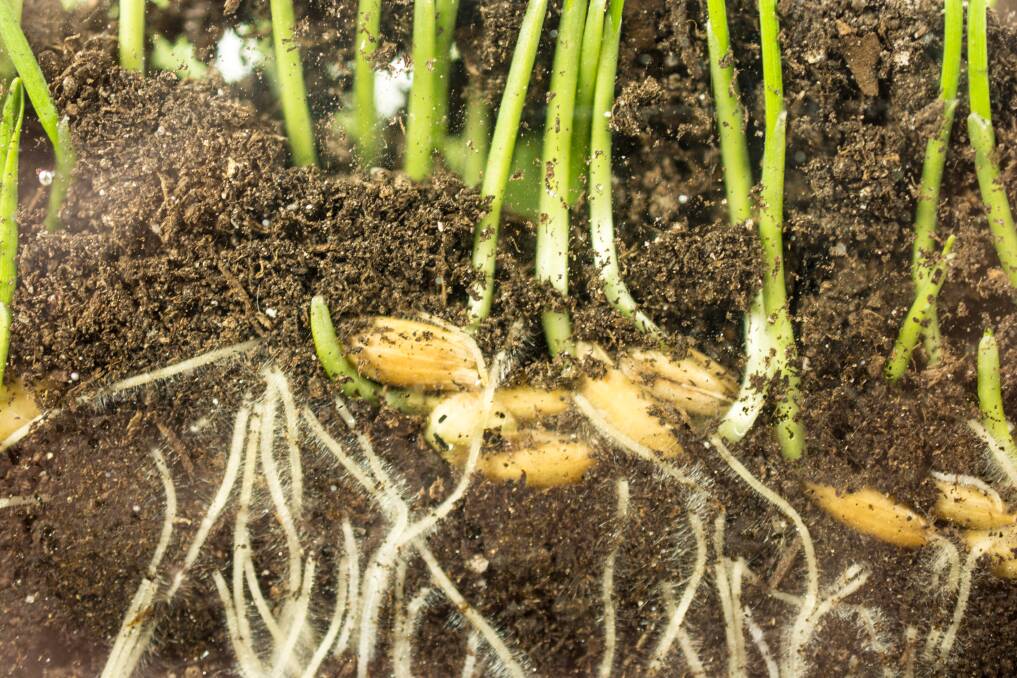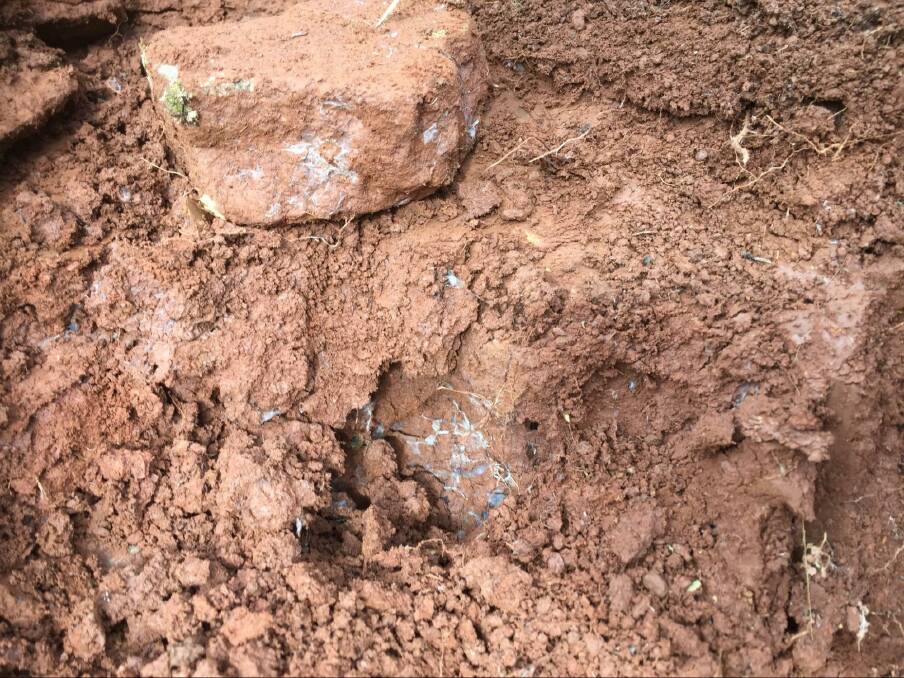Why soil carbon equals better nutrient cycling

This is branded content for Carbon Count.
THIS is the third of a four-part series that explores the existential role of carbon in soil, and how soil carbon can greatly benefit farm productivity. (You can find part one here and part two here).
So what does carbon - specifically organic matter - do that promotes the soil biome for the farm to function better?
Carbon in the form of organic matter is integral to creating soil structure and a healthy biome.
A healthy biome involves communities of microbes interacting with each other and plants for mutual benefit.
There are several families of microbes, but we are mostly concerned with the relationship between fungi and bacteria, each doing their part in cycling plant nutrients.
Fungi and their relationship with bacteria and roots are the warp and weft of the fabric that creates the cloak that we call soil that sustains the earth.
Fungi in soil either live interdependently with plant roots or interdependently with bacteria. In both cases, fungi are fed simple carbohydrates by either bacteria, roots or both.
Fungi provide hyphae highways transporting food and water to bacteria and plant roots.
Together with bacteria, fungi release organic acids that liberate tightly bound nutrients such as phosphate - benefiting the plant, improving nutrient cycling and reducing fertiliser inputs.

For roots, free living fungi dominating the rhizosphere are like what a net is to a fisherperson; substantially extending the reach of their limbs (root hairs) for these freshly liberated nutrients.
Fungi also oxidise animal and plant carbohydrates and proteins, creating the opportunity for highly mobile organic compounds to bind to clay minerals.
This prevents precious water soluble organic molecules containing nutrients from being lost via leaching or evaporation.
When you also consider the additions of nitrogen you can achieve through harnessing nitrogen fixation by rhizobia bacteria, the real power can be observed.
Glomalin secreted by fungi seal micro-aggregates of clay and particulate organic matter together; forming aggregates that vastly improve the porosity of the soil whilst stabilising organic carbon within the aggregate, greatly assisting in carbon sequestration.
The number of fungi in soil needs to be greater or equal to that of bacteria for a healthy biome to exist.
When soil is regularly tilled, highly aerated, mildly acidic or contains minimal plant litter, fungi fail to thrive and bacteria dominate the biome.
When this happens, plant litter and soil organic matter is mineralised, meaning organic matter is converted to minerals, CO2 and water, transferring organic matter to carbon dioxide in the atmosphere.
The same goes for constant manufactured fertiliser application, which leads to both roots and bacteria not needing fungi anymore to source, extract or retrieve nutrients.
When this happens fungi are not fed by roots and bacteria, die and gradually the services they provide dissipate.
When the pH due to fertiliser application drops below 5.5, soil loses its aggregation and all the previously mentioned benefits that organic matter provides.
Only in a well-structured soil with sufficient soil organic carbon, litter and a neutral pH with minimal manufactured fertiliser addition - can the dynamics described above exist.
The soil without these features is a sick soil - a structureless soil with no organic matter that is vulnerable to all the symptoms of a sick landscape; erosion, salinisation, acidification, sodicity, toxic subsoil, hardpans, scalds, eutrophication of waterways, loss of the small water cycle and finally desertification.
We at Carbon Count specialise in carbon farming and have made it our mission to unleash the power of the ERF Soil Carbon Methodology for communities across the country.
- Start your carbon journey today and visit www.carboncount.com to find out more about how carbon farming not only vastly improves the quality of your soil and annual yield, but also enables you to benefit from the new income stream the carbon trading market offers.
This is branded content for Carbon Count.


